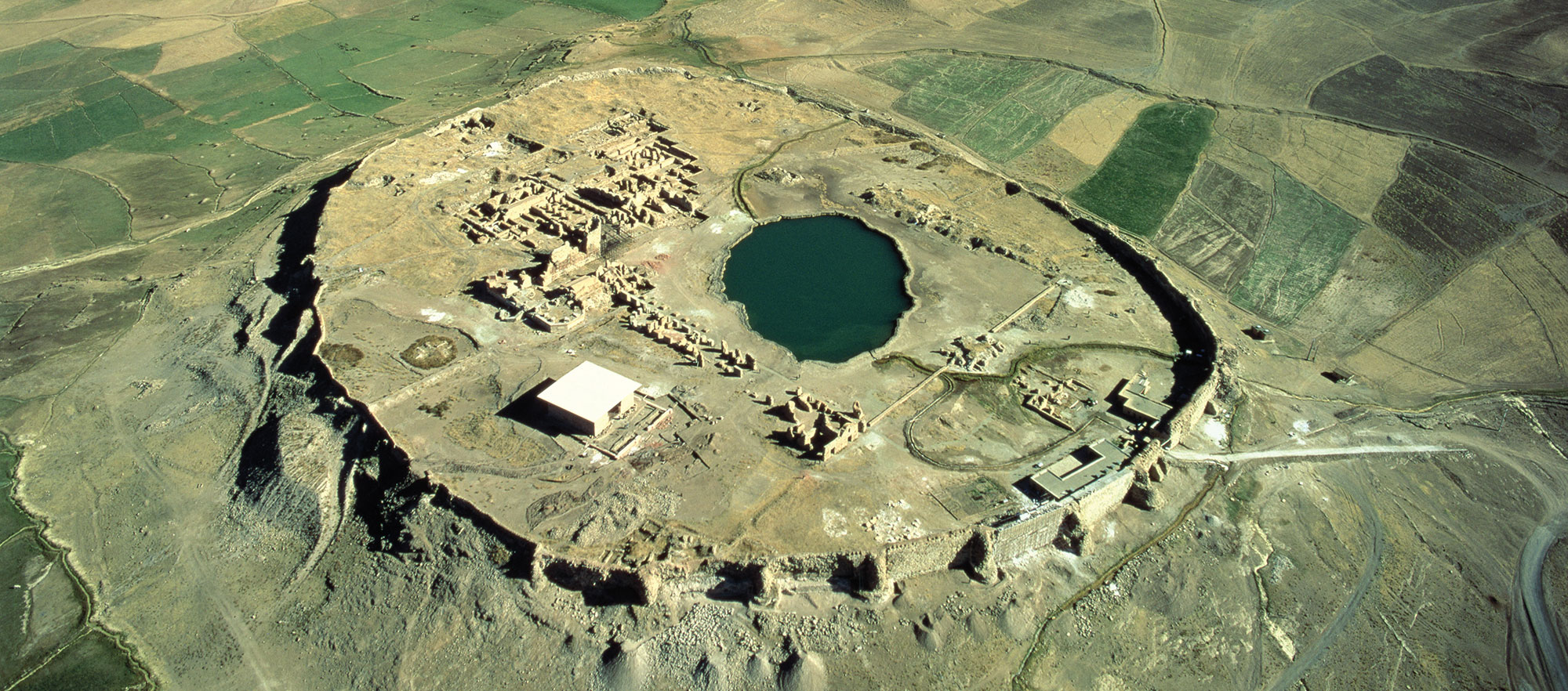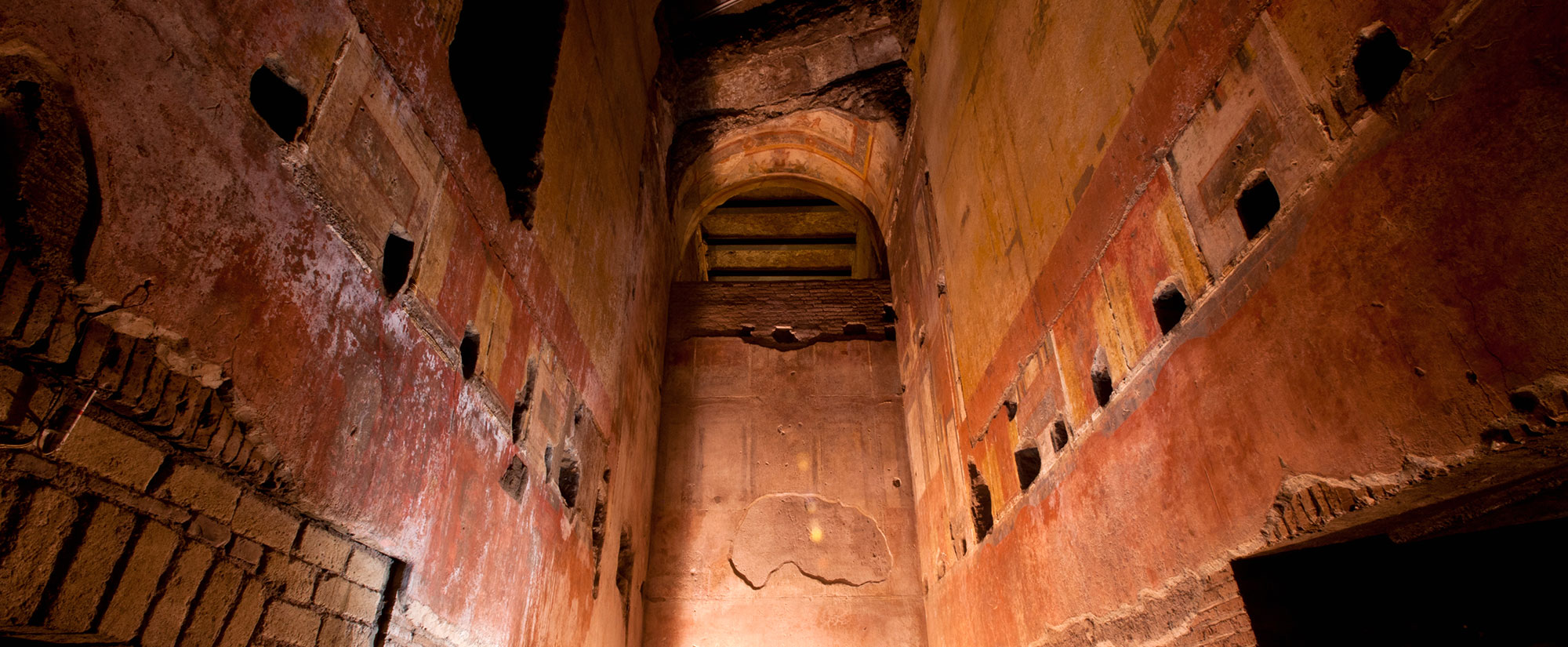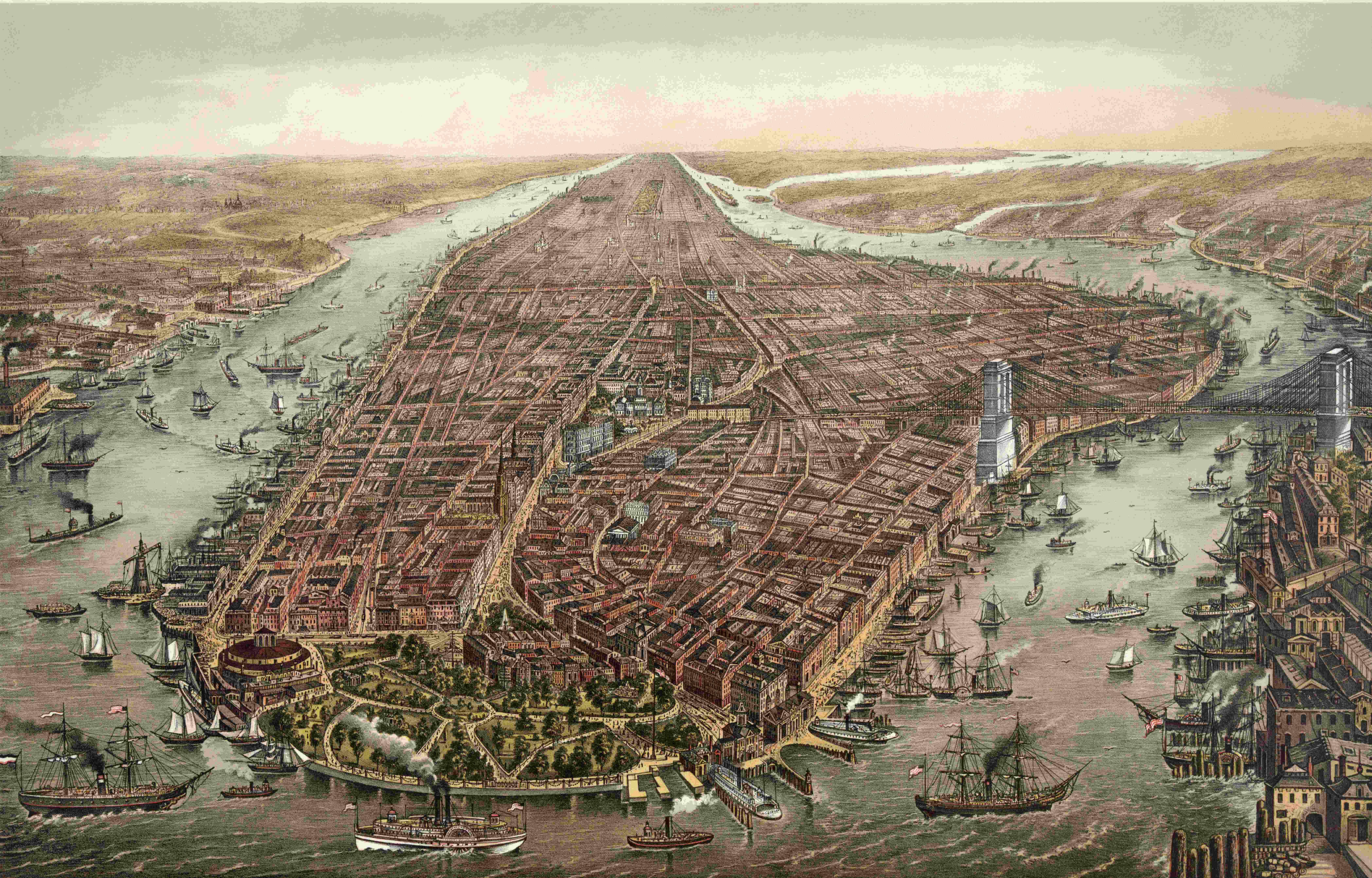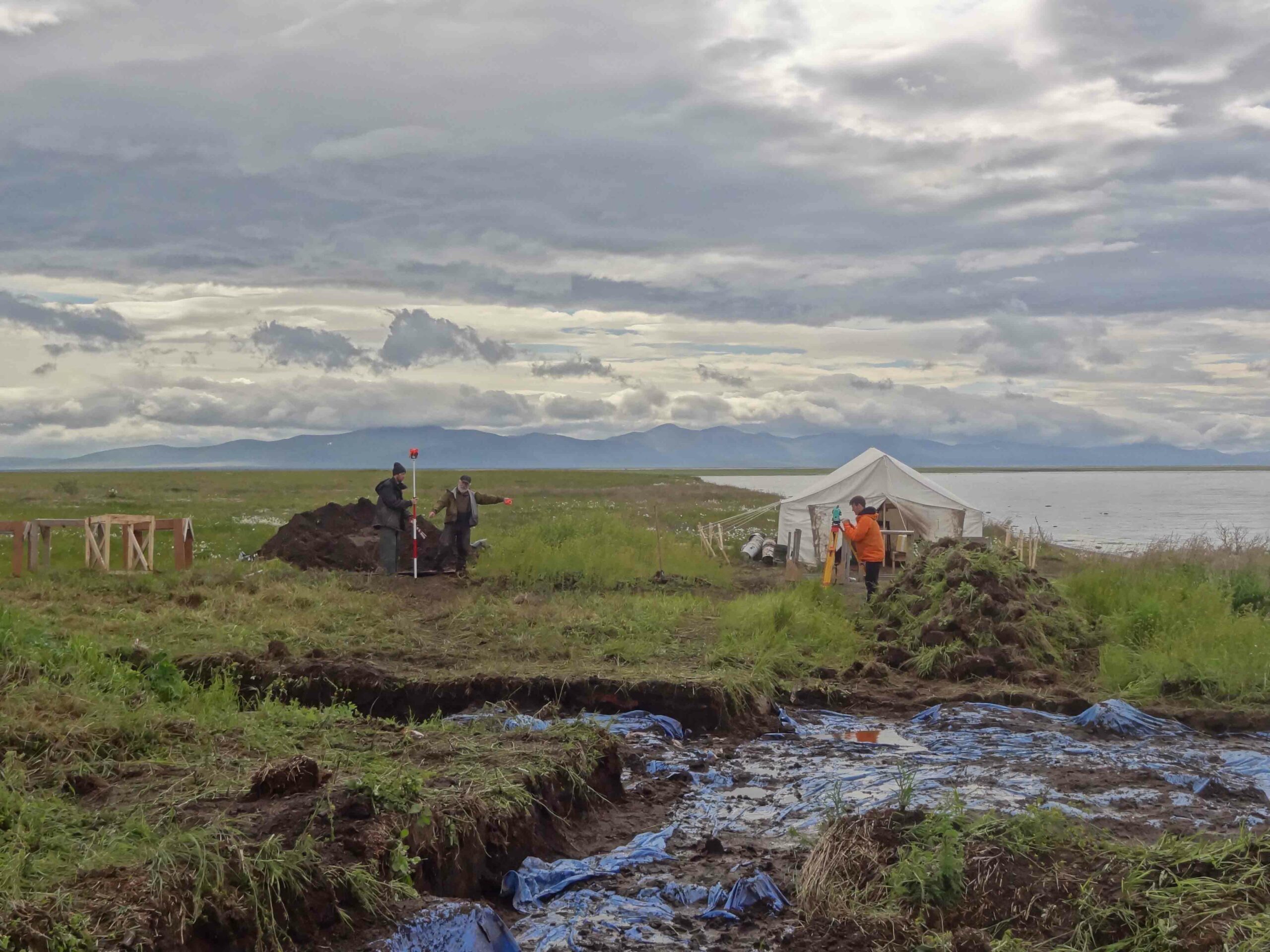
MAINZ, GERMANY—Recent excavations led by archaeologist Behzad Mofidi-Nasrabadi of Mainz University at the site of Haft Tappeh have uncovered a workshop with an attached clay tablet archive. The archive dates to the city’s time as a prominent center in the Elamite Empire and records the expansion of commerce, arts, and crafts. Physical evidence of this prosperity include lavish grave goods found in the tomb of a female official, and an artful female figurine unearthed by the team. But at the end of the fourteenth century B.C., the city began to decline for reasons that have yet to be determined. Some of its temples and palaces were abandoned, and their materials were reused to build simple dwellings. The 3,400-year-old remains of several hundred massacre victims were found piled on top of one another behind one of these walls. The research team will continue to investigate what might have happened. To read more about Bronze Age archaeology in Iran, go to "The World in Between."











